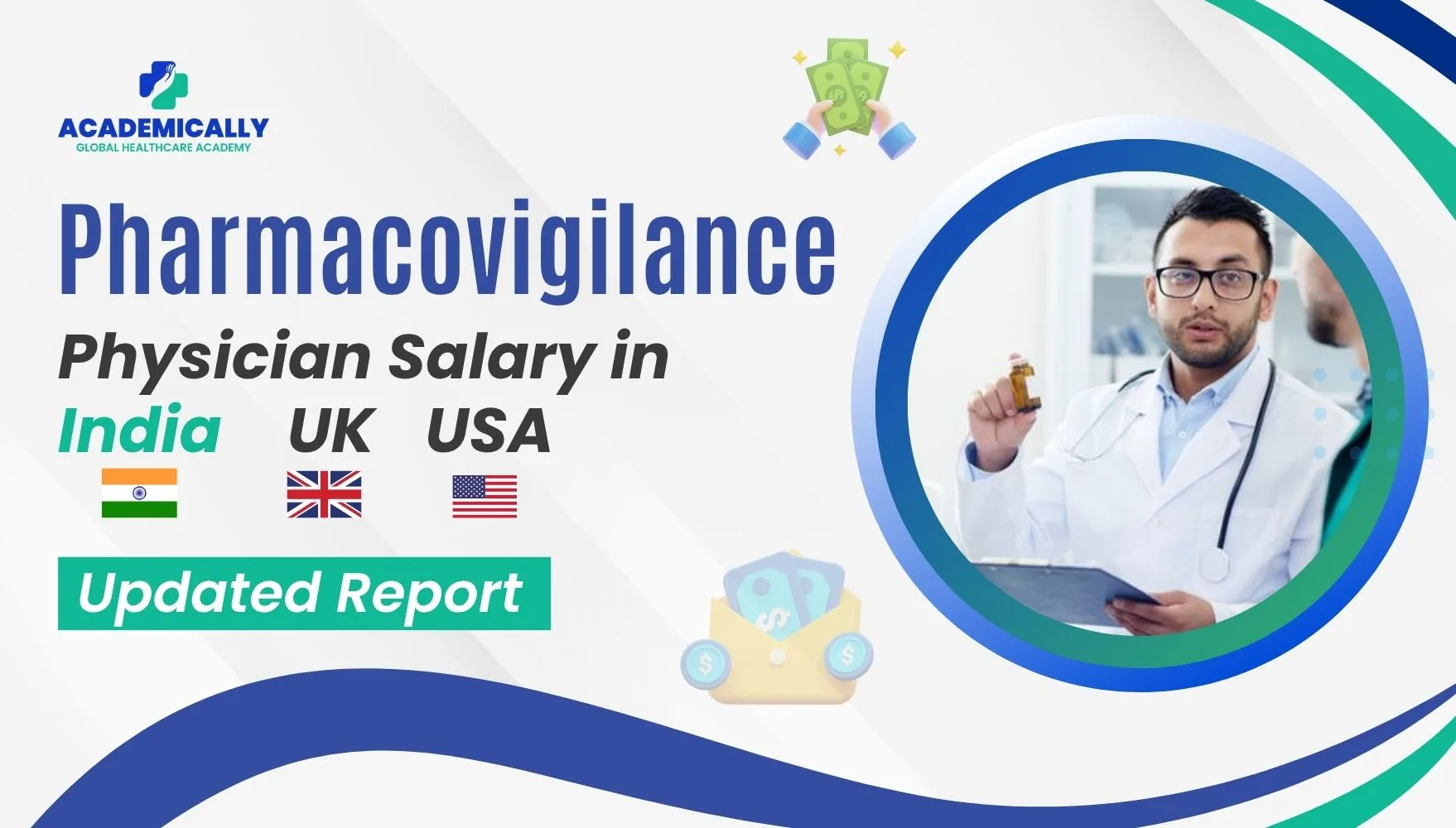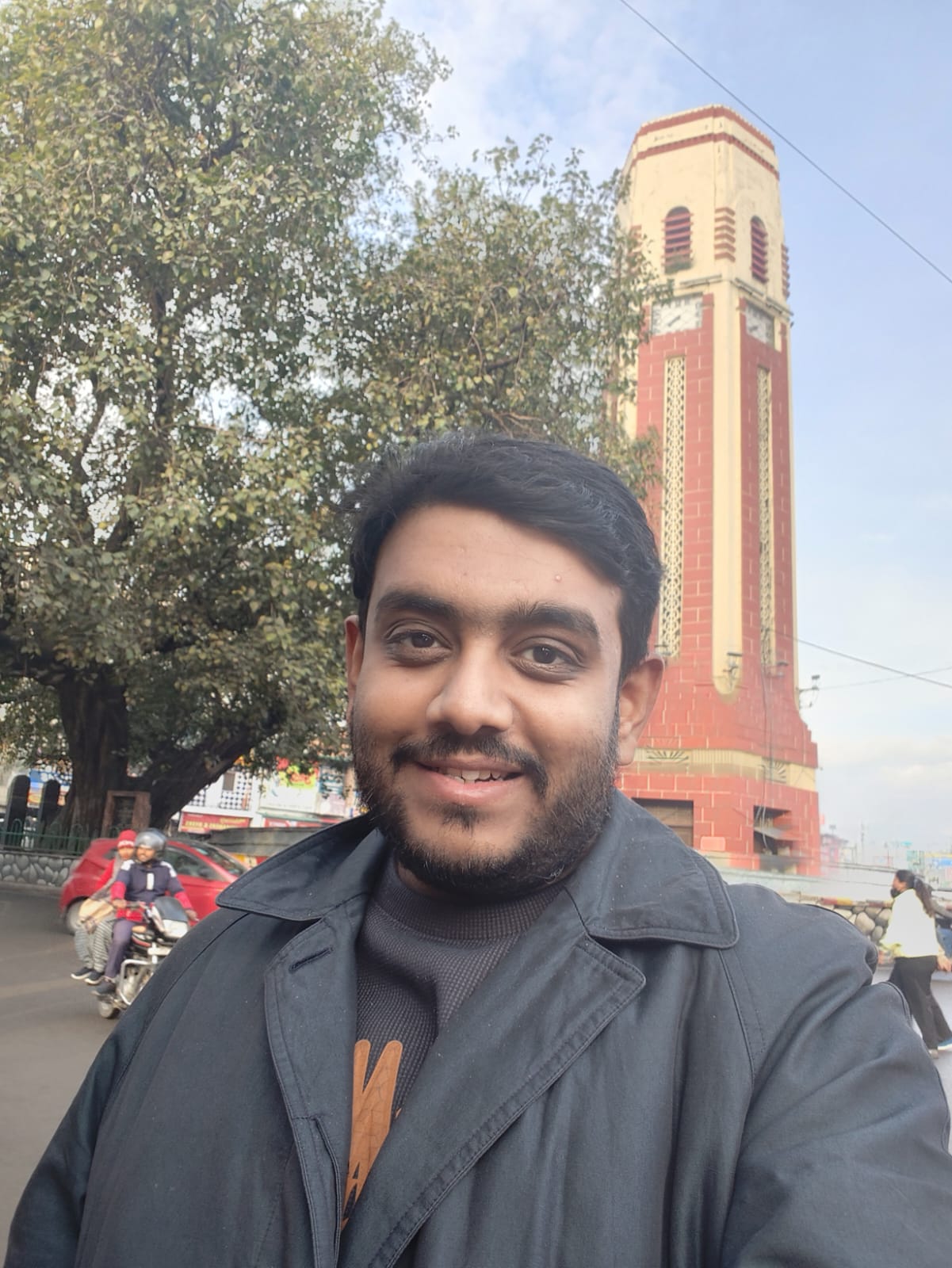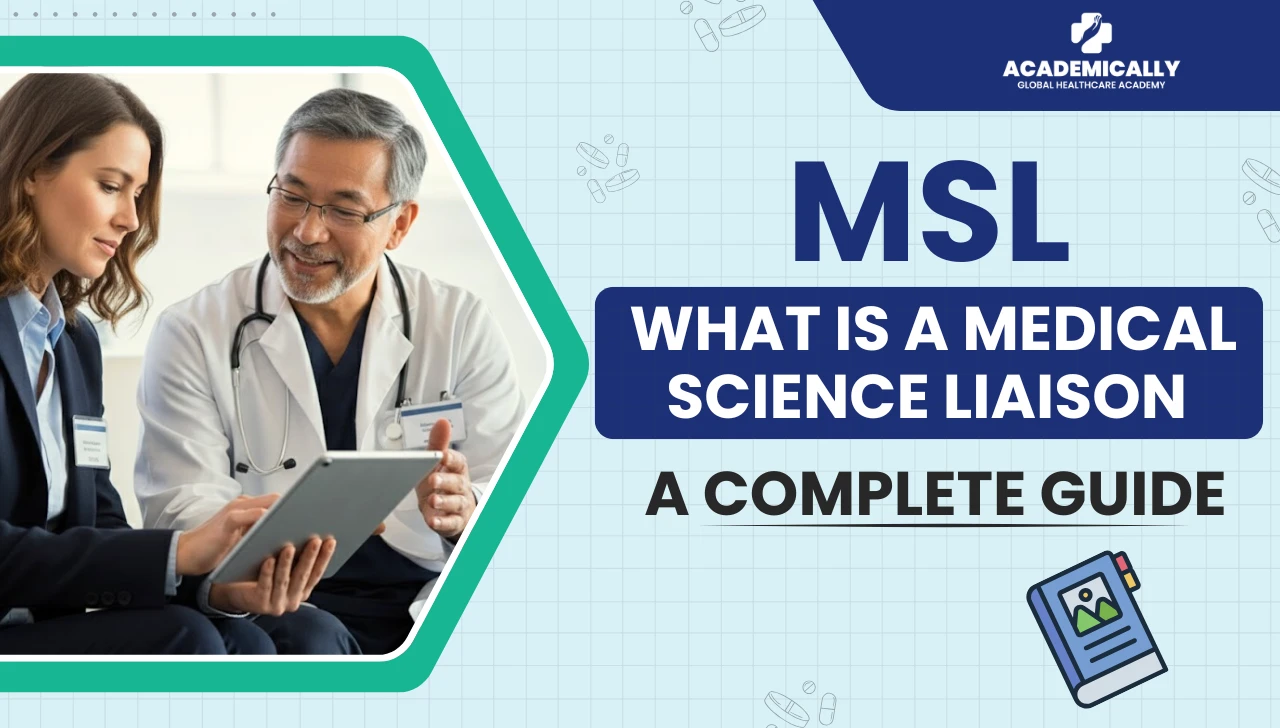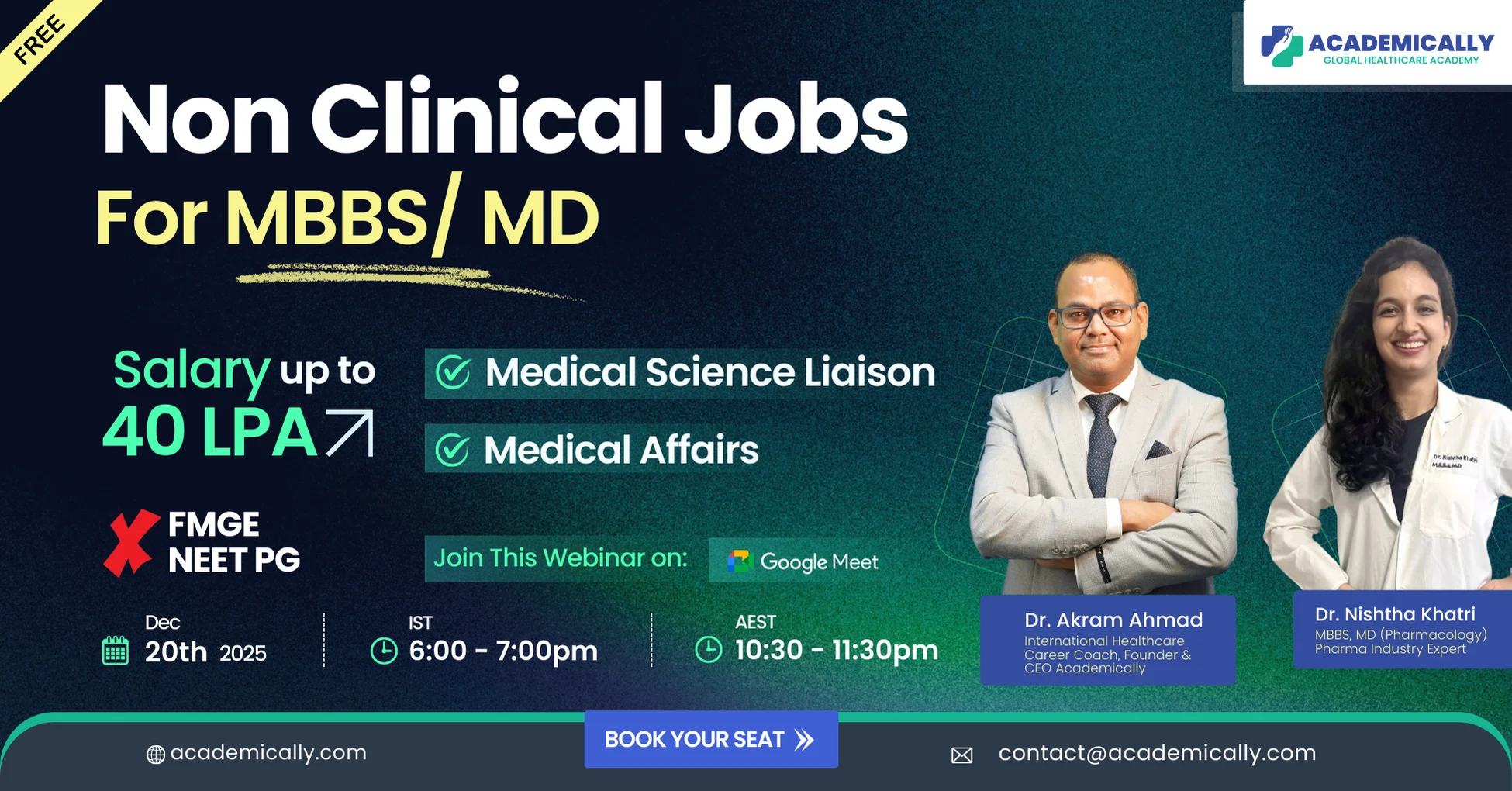The global drug-safety sector has been expanding fast. Demand for pharmacovigilance experts grew sharply after recent regulatory tightening and the pandemic. The pay reflects that. Currently, senior drug-safety physicians and drug-safety leads in the United States are reporting total compensation packages in the low- to mid-six-figure range. On the other hand, experienced pharmacovigilance physicians in the UK command salaries in the tens of thousands of pounds. India is seeing competitive packages for senior physician roles that often exceed ₹10 LPA, depending on employer and experience. These country-level differences matter hugely for clinicians and medical graduates deciding whether to transition into drug safety or move internationally.
With complex therapeutics, biologics, and global trials, drug safety teams need clinically trained physicians who can interpret adverse events. Pharmacovigilance physicians advise on labelling and regulatory submissions, and liaise with regulators. As the role matures, compensation patterns are evolving. Employers (pharma, CROs, med-info vendors) pay differently depending on market, designation, and location. This report helps clinicians and talent teams understand the industry norms across India, the UK and the USA.
What is a Pharmacovigilance Physician?
A pharmacovigilance physician (also called a drug-safety physician or medical reviewer) is usually an MD/MBBS (or equivalent) who applies clinical knowledge to assess adverse event reports, determine causality and severity, create safety narratives, and support risk-management and regulatory submissions. Duties often span case review, signal detection, periodic safety reports (e.g., PSURs/PSURs/DSURs), safety governance, and medical queries from regulatory agencies or clinicians.
Global drivers changing compensation
Several forces are pushing PV compensation upward:
- Regulatory complexity: More stringent post-marketing surveillance and international reporting requirements increase the need for physician reviewers.
- New modalities: Biologics, gene therapies and combination products require medical expertise for safety evaluation.
- Remote work & offshoring: Companies balance cost by hiring PV associates in lower-cost centres while keeping physician reviewers in senior or centralised roles.
- Demand > supply: Clinically trained physicians who can also work in regulatory/safety settings are relatively scarce compared with non-physician PV staff.
These drivers explain higher wages, especially at senior levels and in the US market, where pharma and biotech salaries are generally higher. (General industry reporting corroborates this trend.)
Key Highlights: Salary
Salary data varies by seniority, employer (pharma vs CRO vs BPO), city, and benefits. Below are realistic ranges representative of market reports and employer postings in 2024-2025.
India
- Entry-level PV clinician/medical reviewer: ₹6–12 lakh/year.
- Mid-level (3–7 years PV/clinical experience): ₹10–20 lakh/year.
- Senior / Manager/Medical Lead roles: ₹18–40+ lakh/year (in global pharma/CRO/Safety physician roles with strong experience).
United Kingdom
- Entry-level PV physician/medical reviewer: £30,000–£40,000/year.
- Mid-level: £40,000–£70,000/year.
- Senior/Lead PV physician or Head of Drug Safety: £70,000–£120,000+/year depending on employer and responsibilities. Glassdoor and industry summaries report mid-to-senior med-safety roles clustered in the £40k–£80k range.
United States
- Entry-level PV clinician: USD 80,000–140,000/year (varies with location).
- Mid-level: USD 140,000–250,000/year.
- Senior/Director/Medical Safety Officer roles: USD 200,000–500,000+/ year (total comp) for top pharma/biotech positions; Job boards online show senior drug-safety physician average packages often in the mid-to-high six figures at the upper end.
Please note: These ranges are indicative; exact pay depends on employer, years of clinical and PV experience, and whether the role includes managerial or medical-lead responsibilities.)
India: An Evolving Market Sphere
Market reality
- India is a major global centre for pharmacovigilance operations. Many CROs (Parexel, ICON), global pharma safety hubs, and specialised BPOs/Wipro/others host large PV teams.
- For non-physician PV roles (associates/specialists), average levels are lower, but for physician roles.
- Especially those labelled “Drug-Safety Physician/Medical Reviewer/Medical Lead”.
- Attract higher packages and sometimes overseas compensation bands.
- Recent employer salary disclosures and employee reports show physician salaries are often reported between ₹8–12 lakh for junior physician roles and crossing ₹10+ lakh for senior physician positions at multinationals.
- Some senior medical leads report compensation exceeding ₹20–30 lakh when factoring bonuses and global band alignment.
Where the money is
- Global CROs, multinational pharma safety hubs and product-specific safety teams (oncology, immunology, biologics) tend to pay higher.
- Cities like Mumbai, Hyderabad, Bengaluru and Gurgaon host the best-paying roles.
Career path
- Many Indian physicians move into PV after 1–5 years of clinical experience.
- Progression: PV associate → medical reviewer (physician) → senior medical reviewer → medical lead/head of safety.
- Each step materially increases pay if combined with regulatory exposure (e.g., RMPs, PSURs) and therapeutic expertise.
Tips for candidates: Emphasise adverse-event causality experience, familiarity with safety databases (Argus, ARISg, Argus Safety, MedDRA coding), and regulatory writing. These skills move you up the pay ladder faster.
United Kingdom: A rather competitive market with a better structure for senior roles
Market reality
- The UK has a mixed market.
- The NHS employs clinicians, but PV roles are primarily in pharma, biotech and CROs.
- Entry roles will pay you salaries based on industry standards, but senior roles and leadership positions reflect London/biotech hub pay scales.
- A pharmacovigilance physician earns between £40–£80k for experienced roles, with exceptional leadership positions paying more.
Banding vs industry
- NHS clinical pay uses Agenda for Change and doctor pay scales.
- Industry PV roles are separate and often pay higher for equivalent seniority because they require clinical plus regulatory expertise.
Where the money is
- London, Cambridge (biotech cluster), and major pharma CRO hubs.
- Specialised therapy areas (oncology/immunology) command premium pay.
Tip for candidates: For relocation, understand visa rules and demonstrate experience with EU/UK safety submissions. Experience with clinical trials and safety signal detection tools strengthens bargaining power.
United States: Highest salary and State-of-the-art infrastructure
Market reality
- The US shows the highest headline compensation for pharmacovigilance physicians.
- Large pharma and biotech, especially companies in biotech hubs (Boston, San Francisco Bay Area, New Jersey), offer base salaries plus substantial bonuses and, at senior levels, equity packages.
- Mid-senior drug-safety physicians often withdraw total compensation in the low-to-mid six figures, with senior directors/medical officers reaching much higher totals.
Why so high
- Market competition for physician-level safety expertise, coupled with the willingness of biotech firms to pay for medical leadership and regulatory credibility, inflates compensation.
- US roles often include on-call responsibilities for safety events and real-time regulatory interactions, which are highly valued.
Tip for candidates: Negotiate total compensation (base + bonus + equity) and look for roles that include leadership or subject matter ownership; these typically pay more.
Total Compensation and Benefits: What to Expect Beyond Base Pay
When comparing markets, focus on total compensation:
- Bonuses/variable pay: common in the USA & UK; less common but growing in India for senior roles.
- Equity/stock grants: typical in US biotech roles, can significantly increase realised compensation.
- Allowances & benefits: relocation allowances, health insurance, pension contributions (UK), paid leave.
- Perks: conference budgets, training stipends, opportunity to publish or lead investigator safety committees.
For candidates moving from India → UK/USA, consider tax differences, cost of living (especially London/Boston/SF), and social security/pension implications.
How to Increase Your Salary as a Pharmacovigilance Physician
At a certain point in time, everyone wants a handsome salary, right? Here are some expert tips on how to increase your salary as a pharmacovigilance physician:
- Build therapeutic expertise (oncology, immunology and rare diseases often pay more).
- Master safety systems & regulations (ICH E2A–E2F, MedDRA, EudraVigilance, FAERS, Argus).
- Target employer types: big pharma/biotech pay more than small CROs at senior levels.
- Add leadership experience: team lead, medical lead or case quality governance roles increase negotiating leverage.
- Geographic mobility: willingness to relocate to hubs (Boston, London, Mumbai/Bengaluru) opens top roles.
- Certifications & courses: Pursue Post Graduate Certification in Pharmacovigilance Physician from Academically. We provide job-ready premium courses to upskill you, integrating AI-based modules and expert faculty sessions.
- Ask for a total compensation figure, not just base salary. For US roles, quantify potential equity vesting and bonus targets.
- If you’re clinically qualified and curious about PV, build a core CV of case review experience, familiarity with safety databases, and at least one therapeutic area.
- For international moves, document your regulatory exposure (e.g., submissions, PSURs) and cite examples of complex case narratives you authored.
- Use targeted job boards and recruiters who specialise in PV/pharma to find roles with physician bands.
If you need our help in finding you the best healthcare jobs online, connect with our team of experts to assist you.




